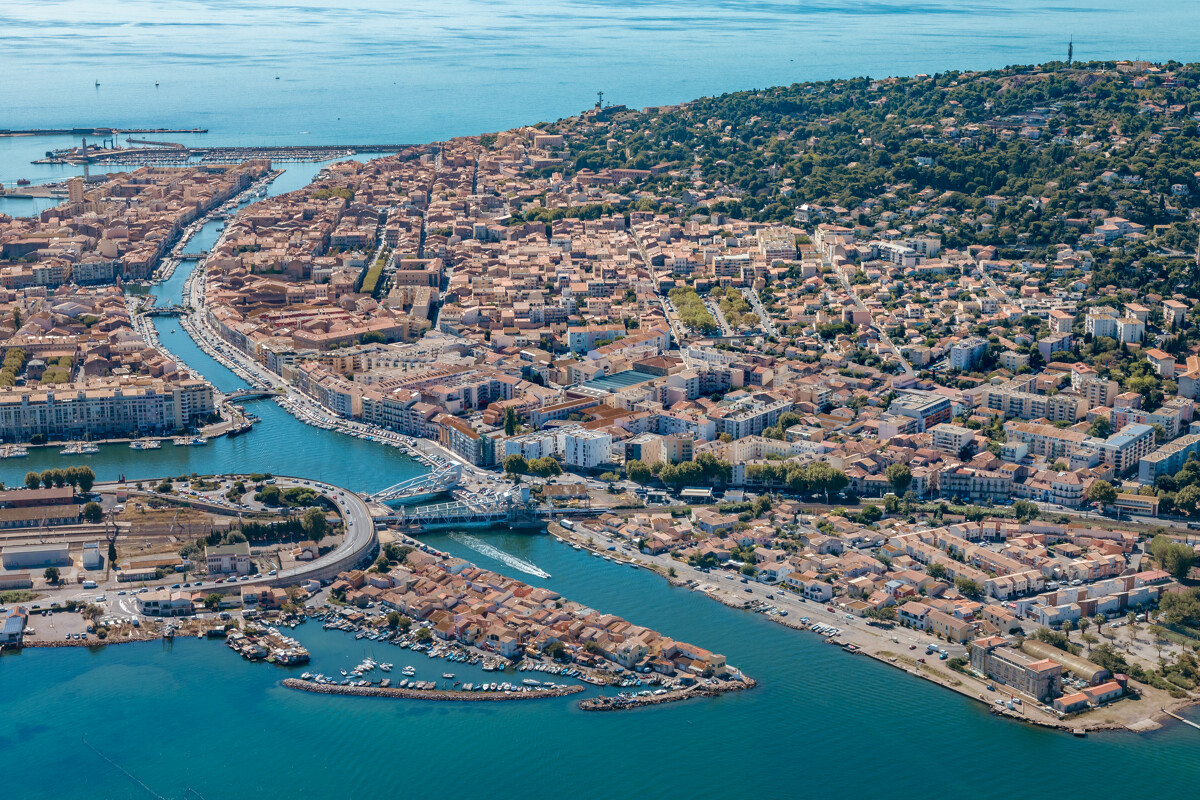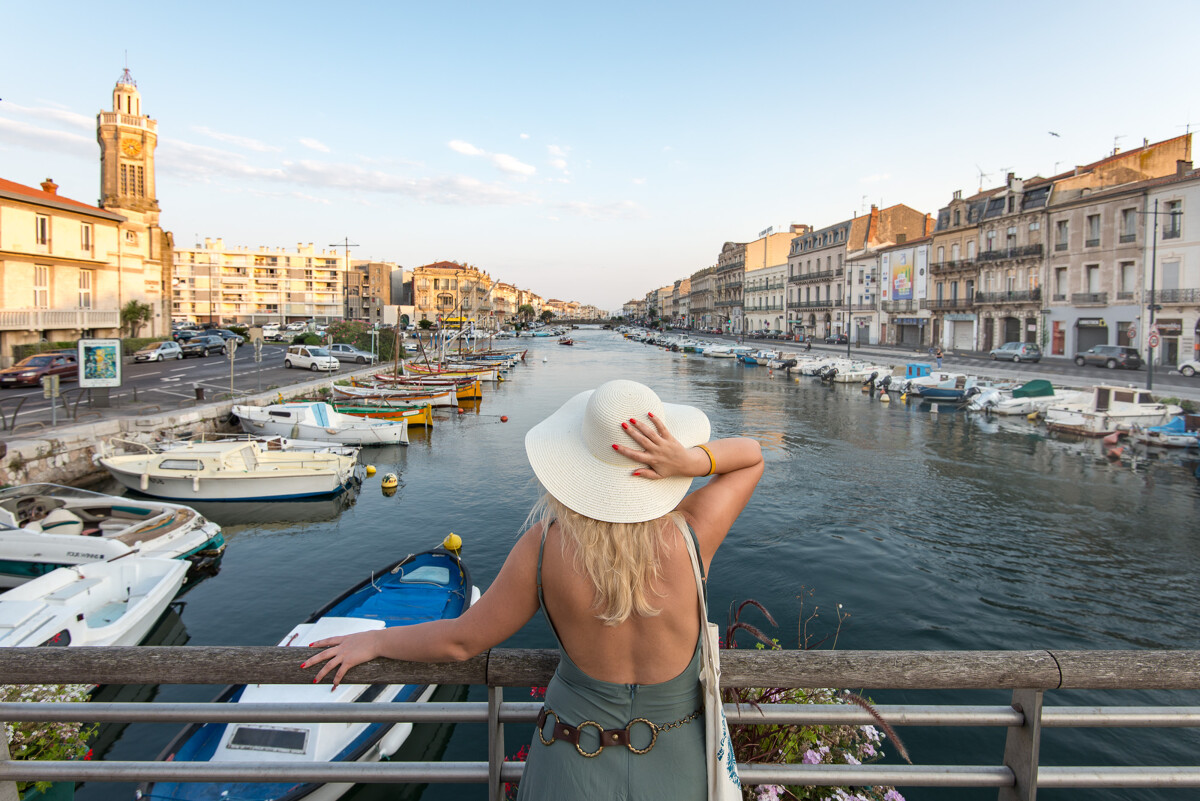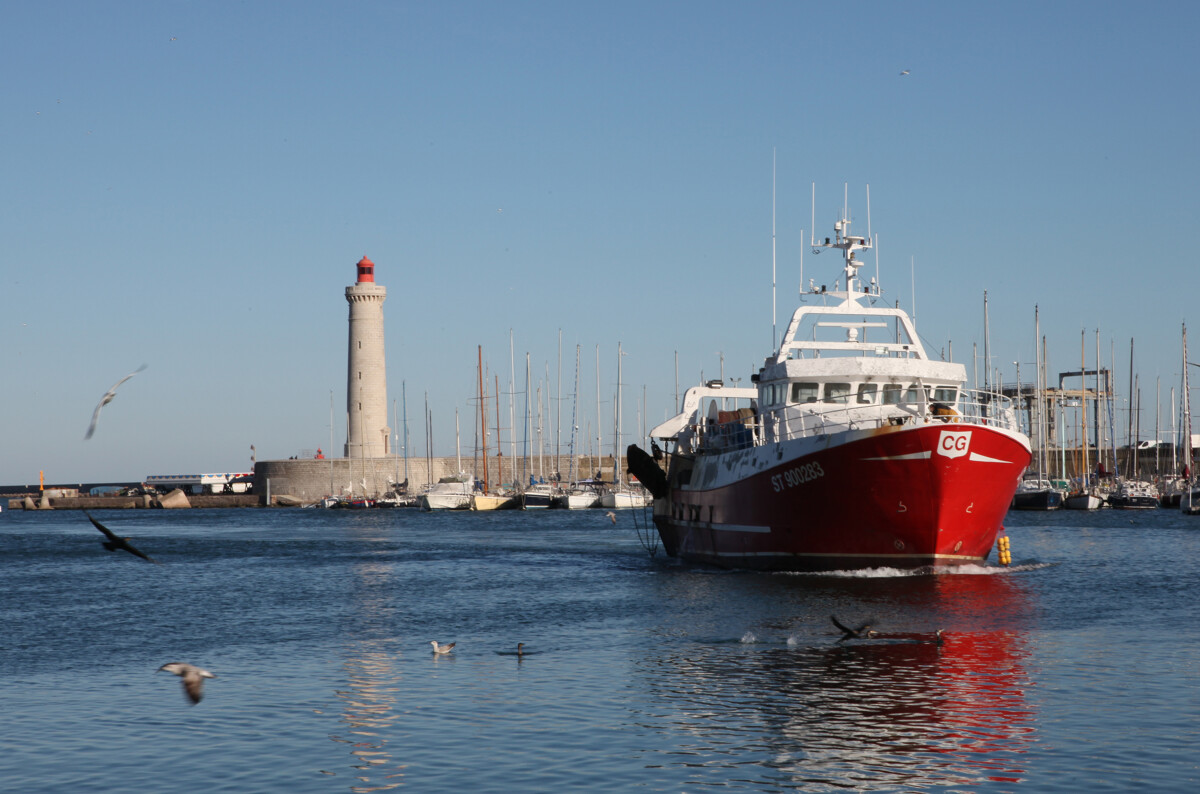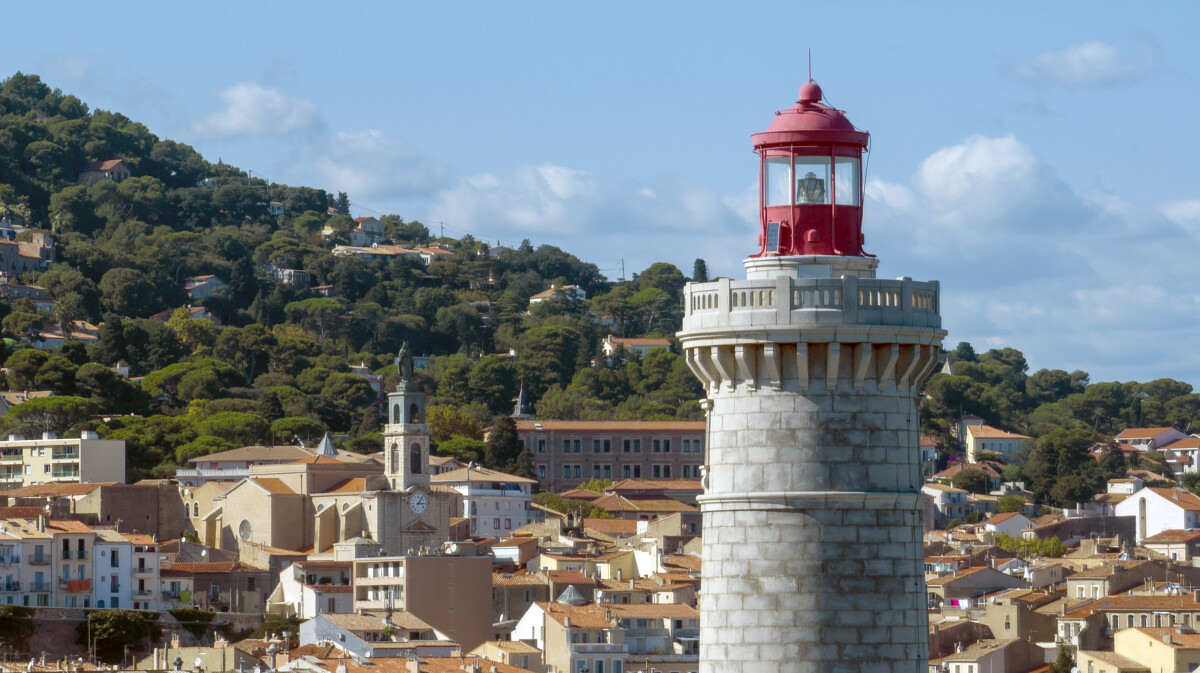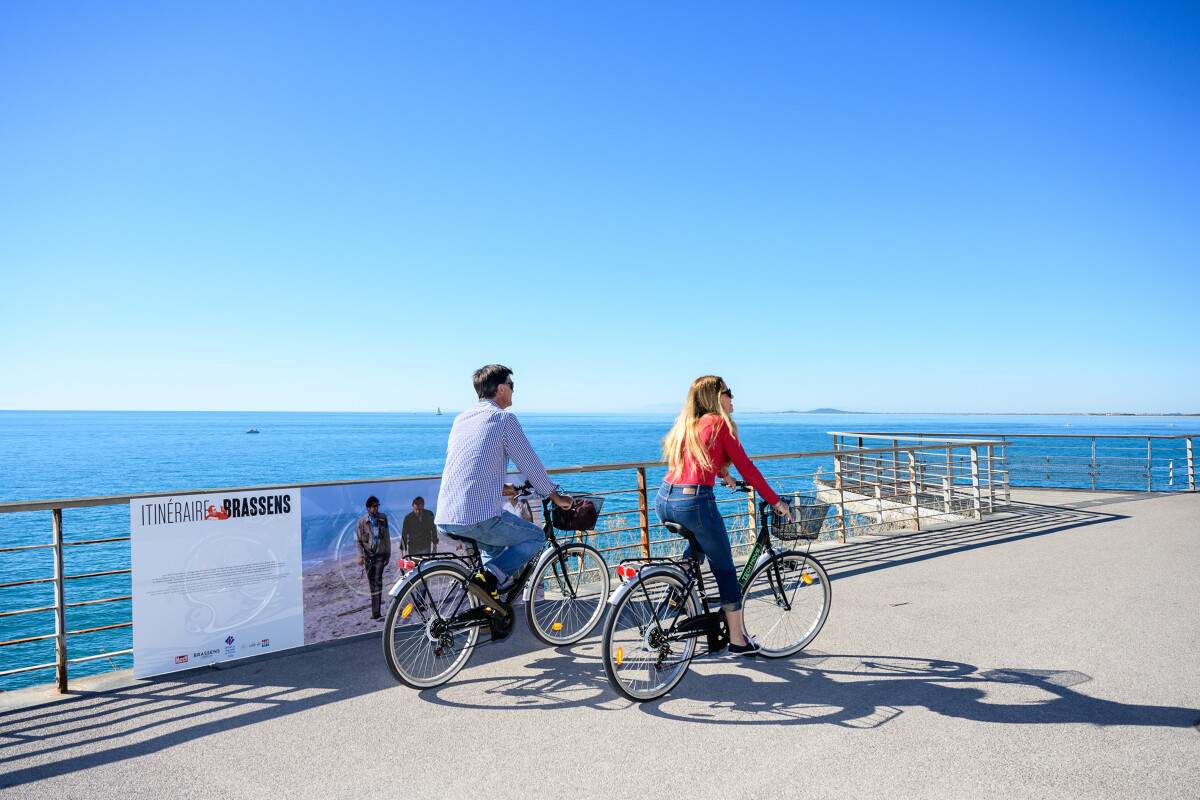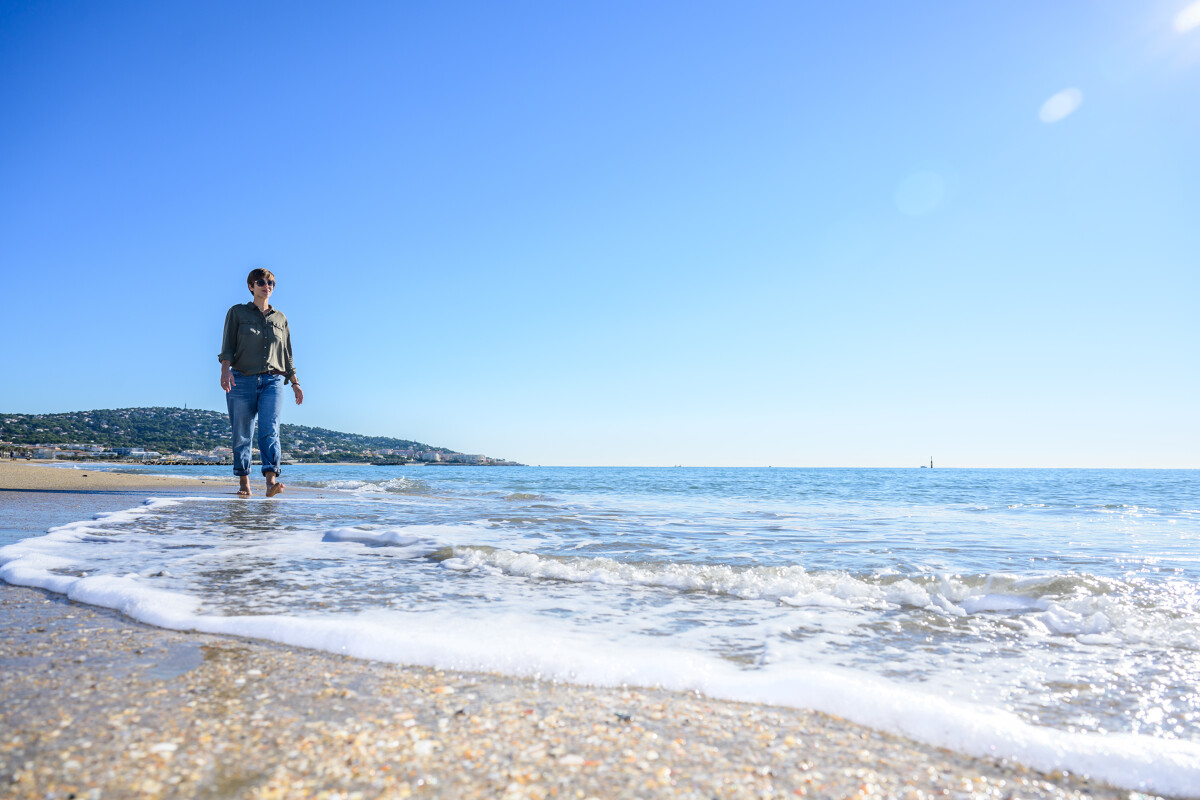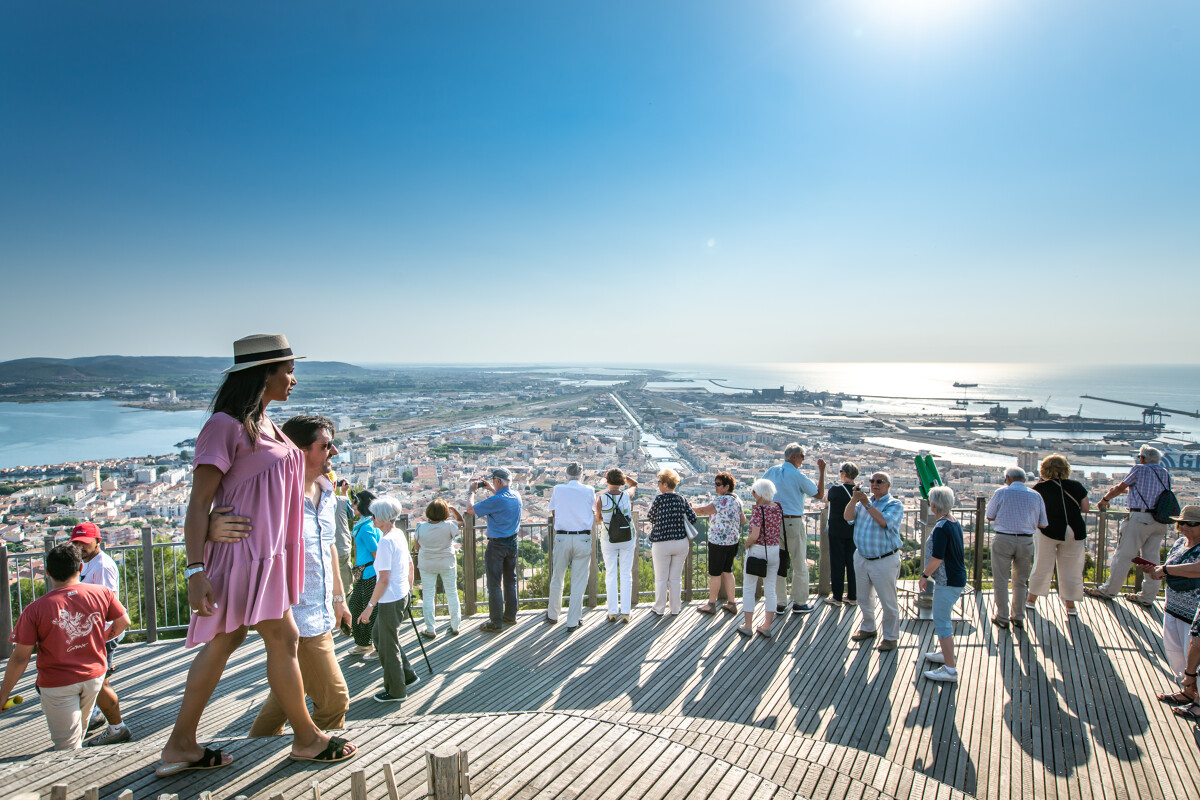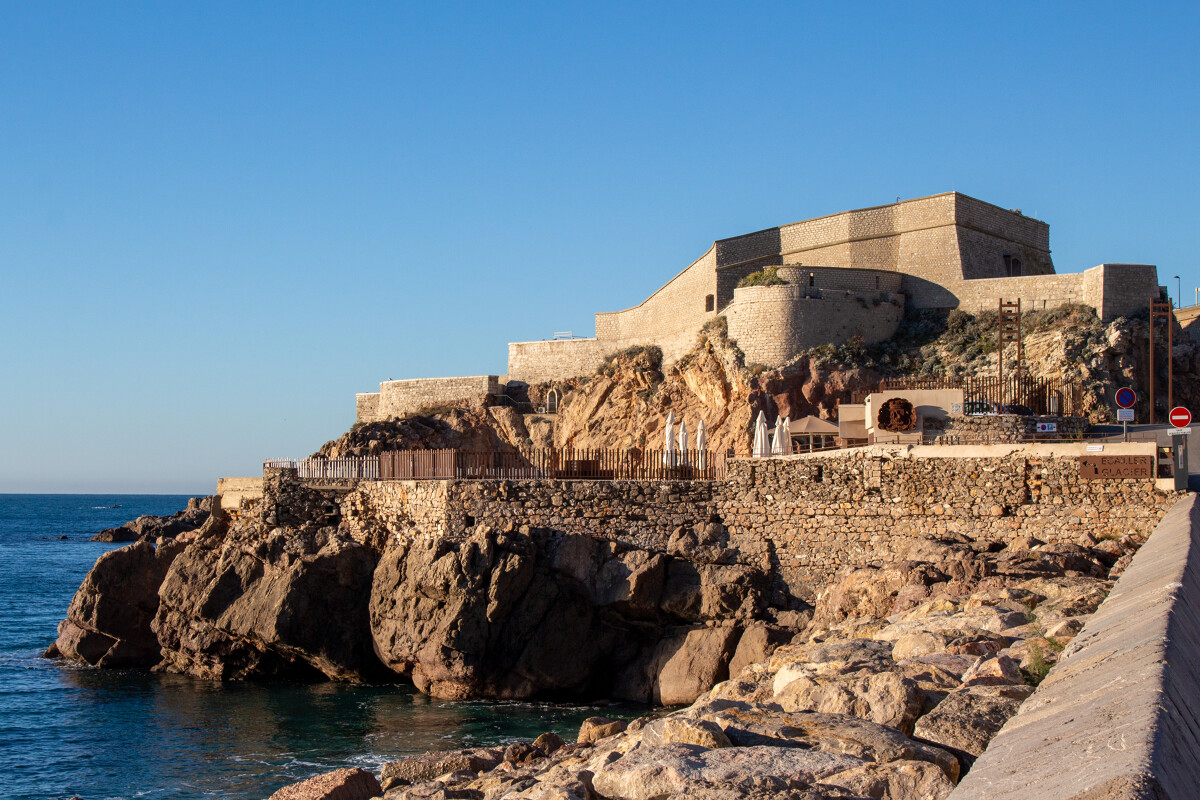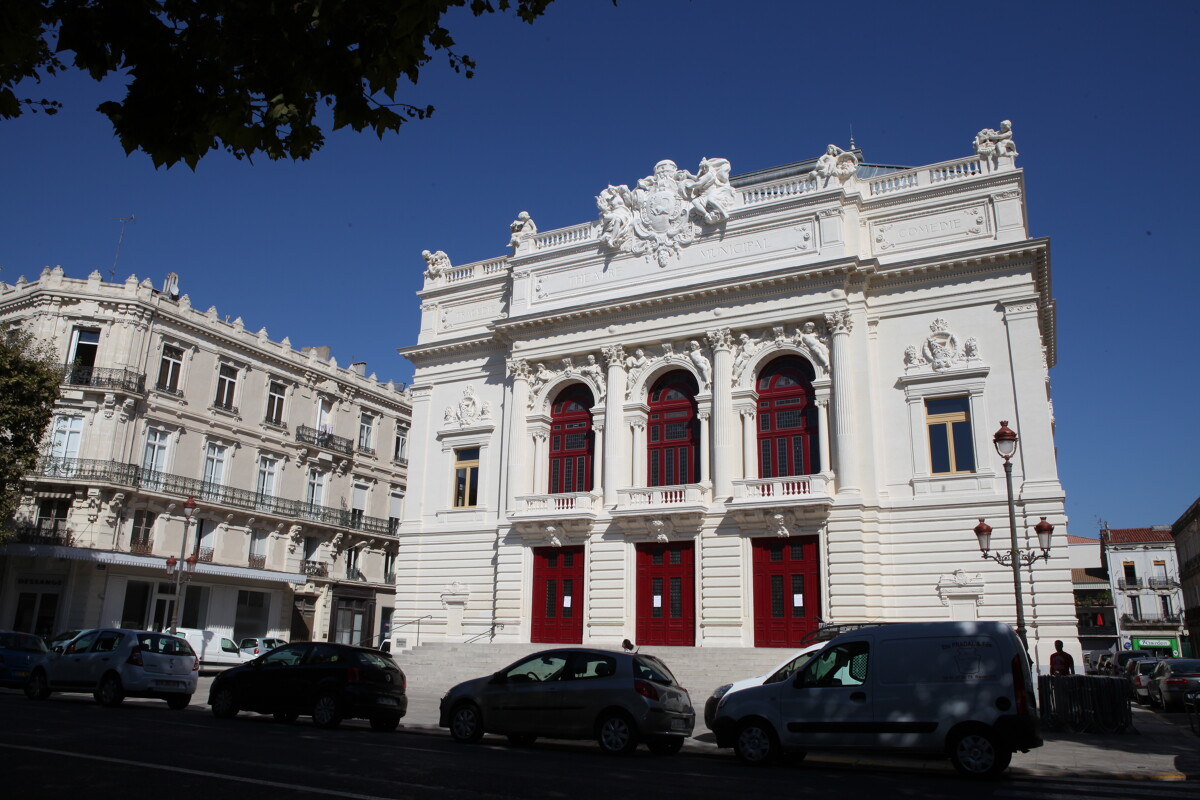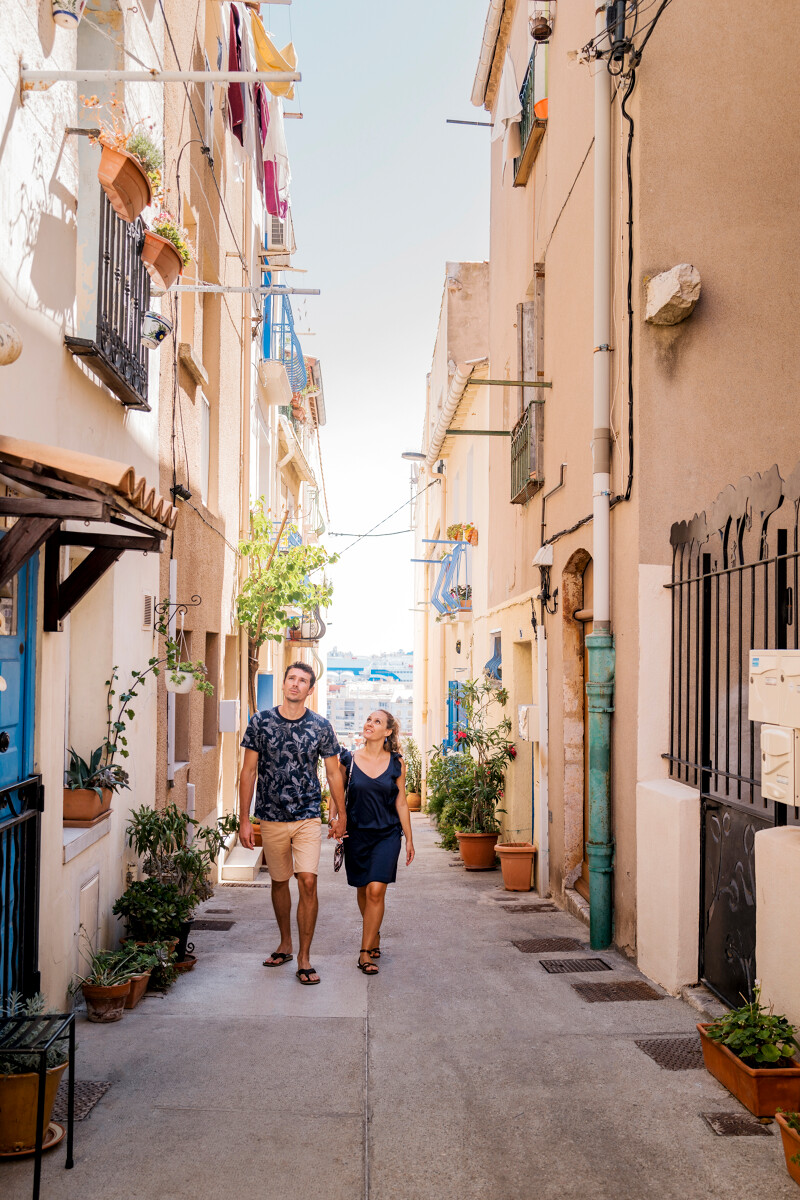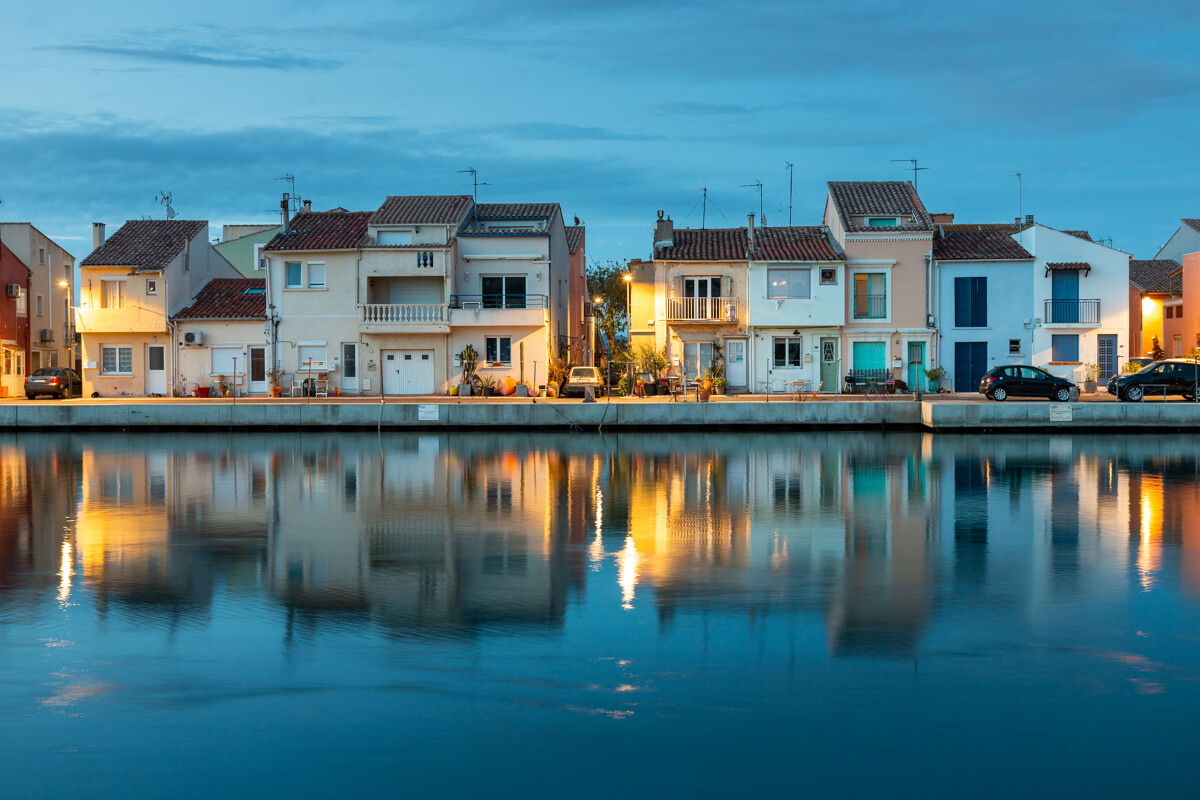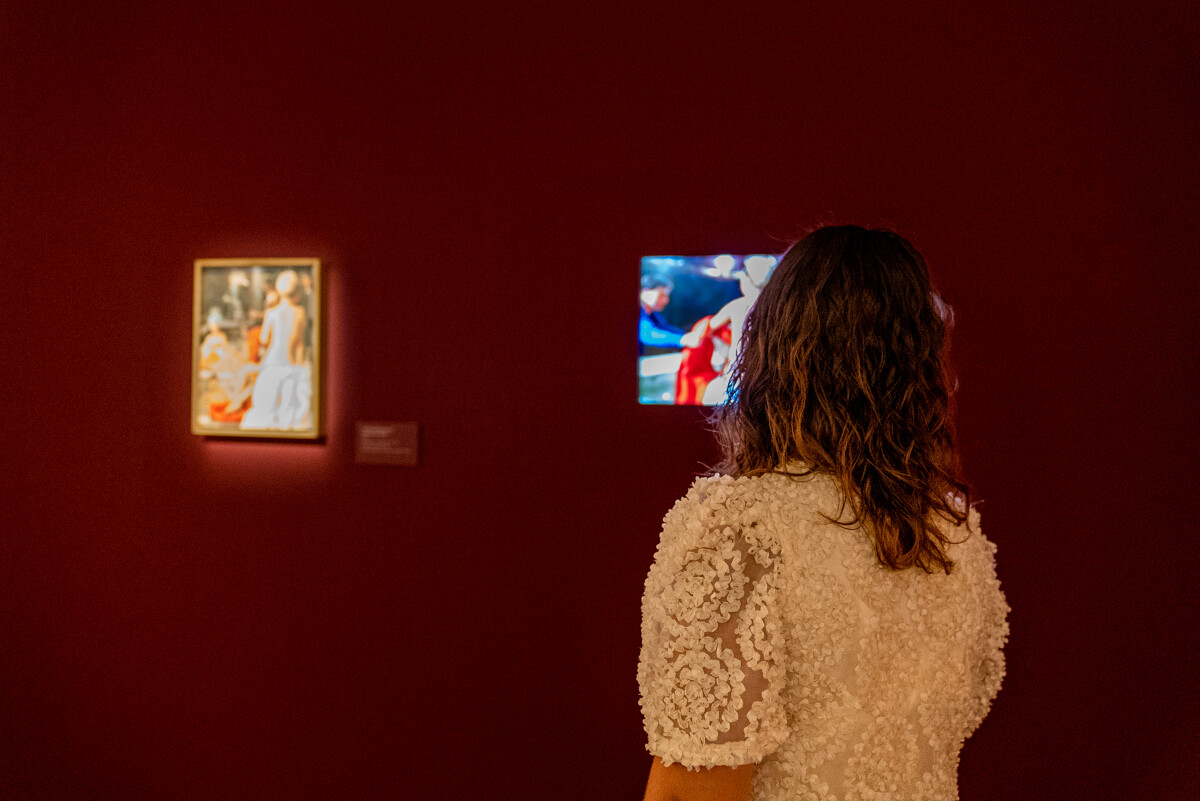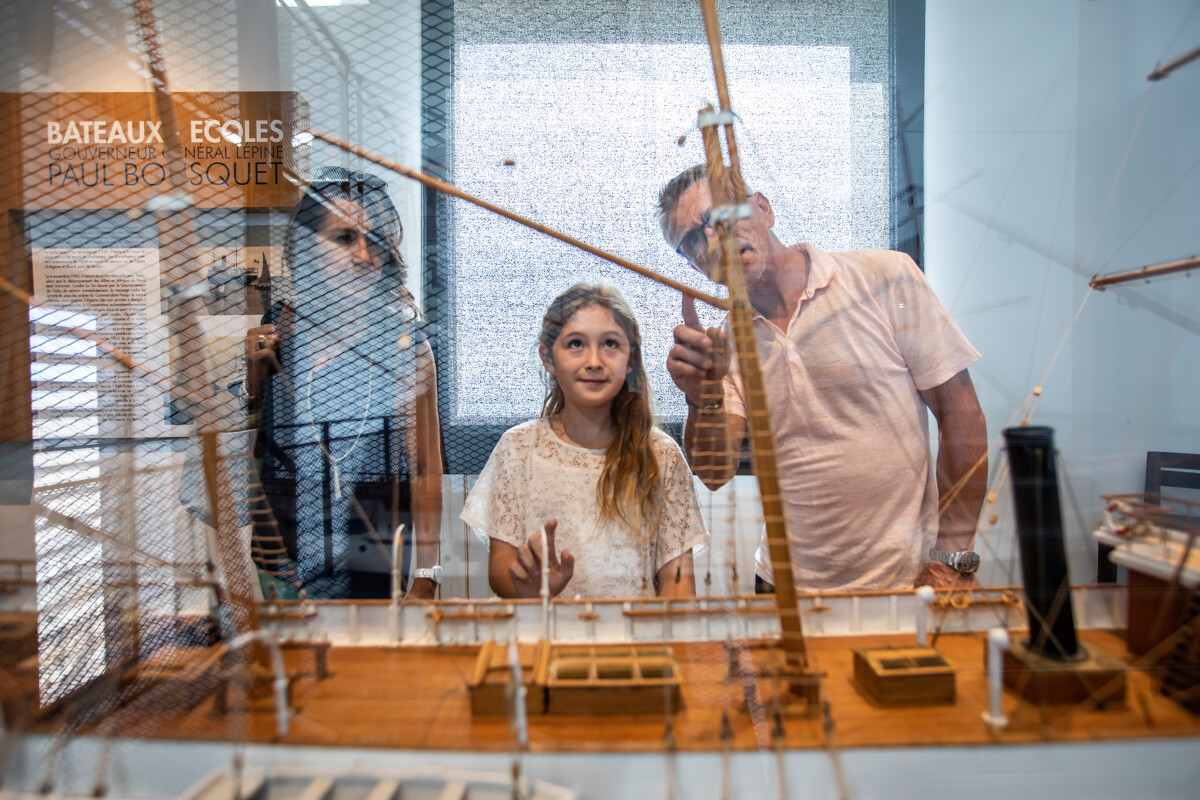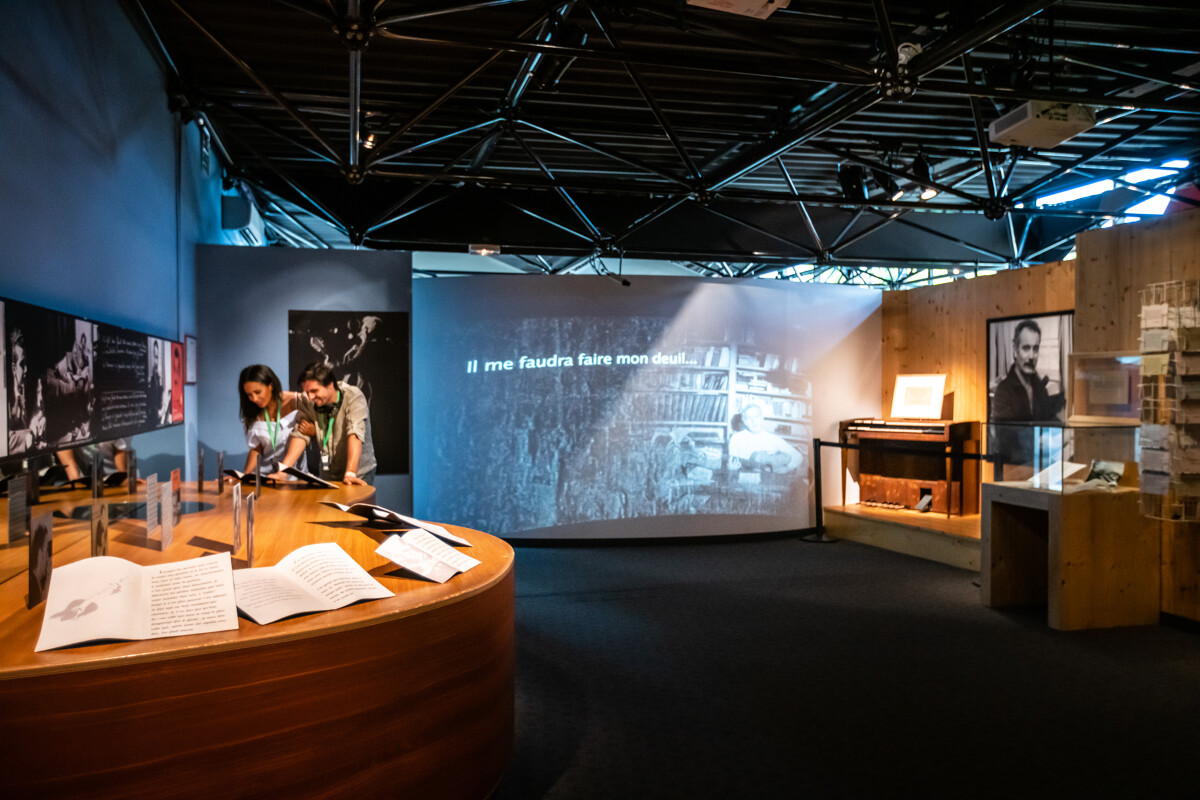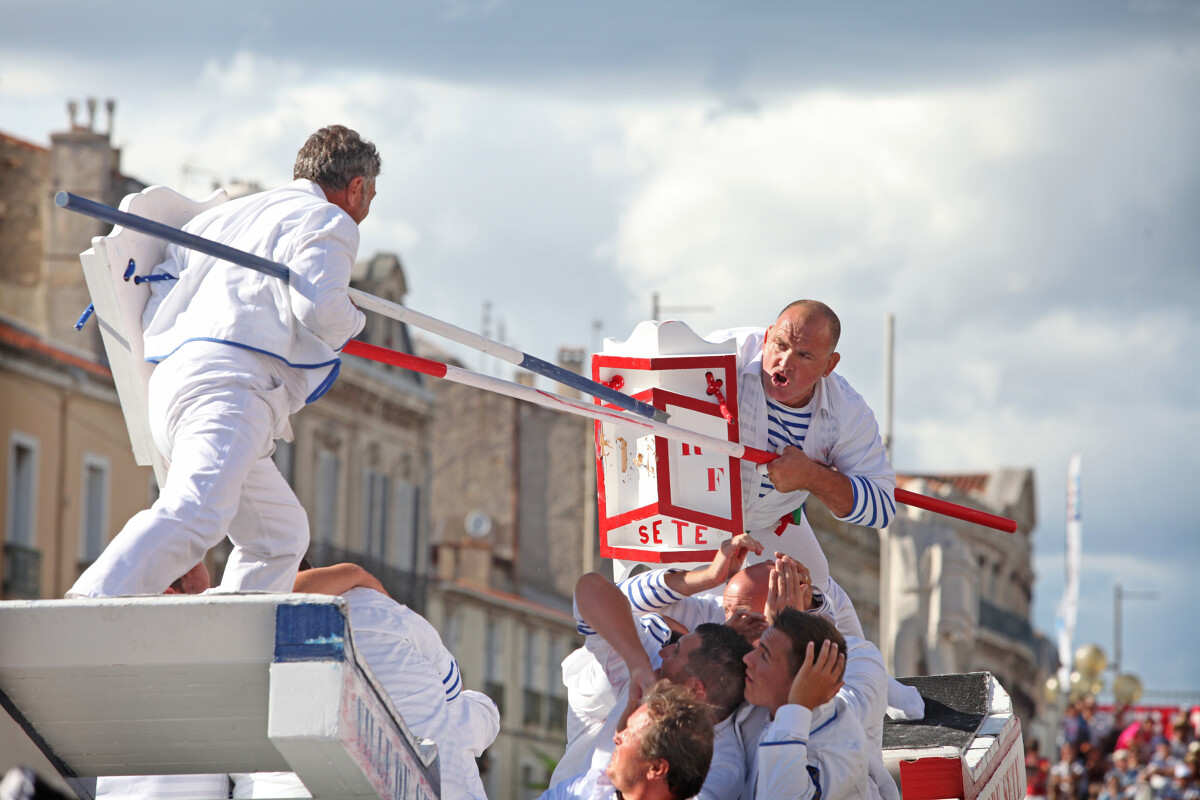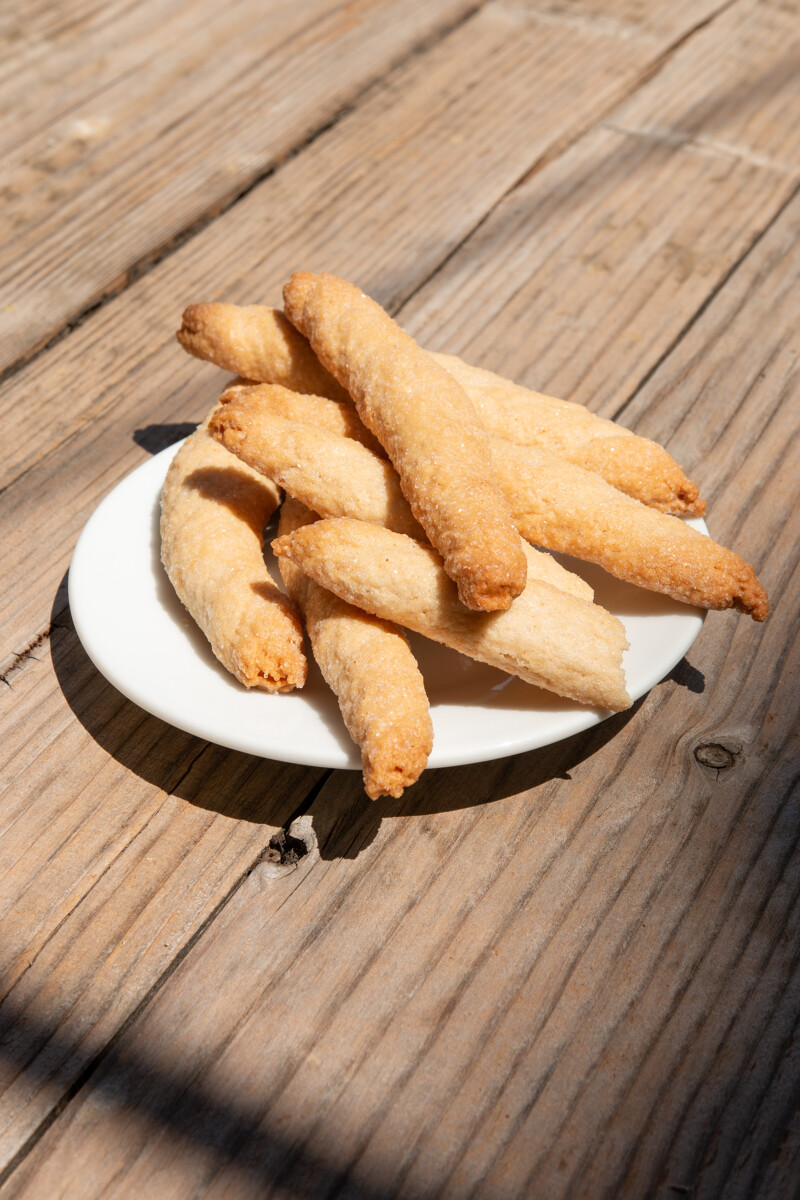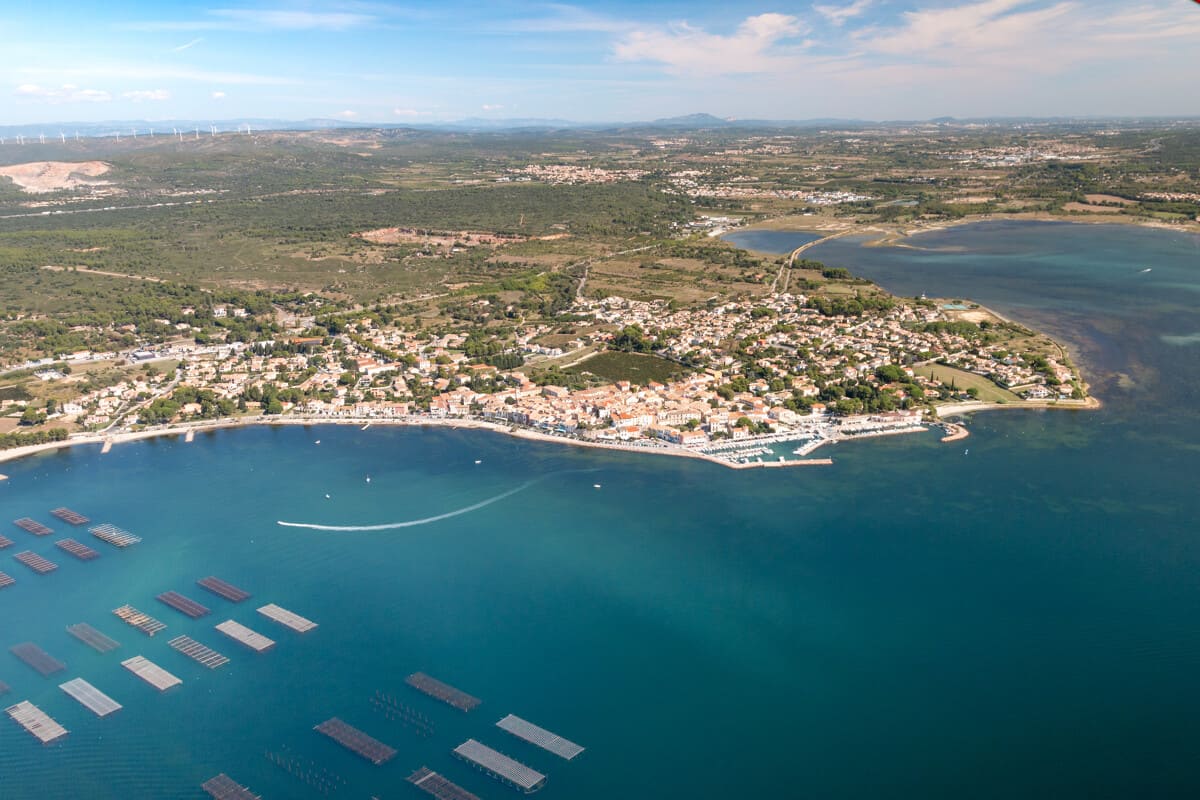The must-sees of Sète
Presentation
Between tasty local specialities and abundant cultural creation, Sète abounds in both cultural and gourmet treasures. Its historic centre, its port, the famous Cadre Royal, its beaches, the Mont Saint-Clair or the Pointe Courte district, there are so many things to discover... That's why we've put together a top 20 list of Sète's must-sees. With a little bonus! So, don't wait any longer to explore this "singular island" with its undeniable charm.
The city centre
Between canals, quays and small squares, you will immediately be charmed by the city that is now known as the "Venice of Languedoc".
Founded in 1666 by Louis XIV to give a maritime opening to the Canal du Midi, Sète reveals its history during a stroll through the historic centre, particularly along the Cadre Royal, which is in fact the old royal canal.
Don't miss a stop at the Sète market during your stroll. This daily market invites all gourmets and food lovers to find good products from local producers, and even to taste them on the spot.
The fishing port
Take a trip back in time to the fishing port of Sète. It has become the largest in the French Mediterranean and was built by Louis XIV.
Take a few moments to stroll along its quays, admire the trawlers, see the sailors unloading their goods, or even catch a glimpse of the marina of Sète which faces it.
Tip: Go to the Quai de la Dorade at the end of the day to admire the fishermen.
The Saint-Louis lighthouse
Dominating the port of Sète from its 33 meters height, the Saint-Louis lighthouse is the next essential step of your stay in the maritime city.
Its primary purpose: to indicate the entrance to the channel thanks to its red light. Its secondary purpose: to offer a 360° view of the fishing port, the marina and the old town. But before enjoying the panorama, you will have to walk along the promenade of the Saint-Louis pier, a 650-metre long cobbled road dating back to the foundation of the town, and then climb its 120 steps.
The Corniche
After discovering one of the symbols of Sète and one of the most beautiful walks in the city, extend your stroll along the Corniche.
It starts at the Théâtre de la Mer (about which we'll tell you more in a few moments) and connects the heart of the city to the Corniche district over a distance of about 2 kilometres.
Particularly appreciated by the inhabitants of Sète, this walk offers an unobstructed view of the Mediterranean Sea and also allows you to reach the two most famous creeks of Sète: La Nau and La Vigie.
Tip: The "must" is to go there at sunset!
The Lido promenade and its beaches
A little further on, you will find the Lido promenade. It stretches over 12 kilometres between Sète and Marseillan and is bordered by the greenway, but above all it allows you to go to one of the seven fine sandy beaches for which the town is famous.
Along the way, you will find numerous facilities for disabled people and families, as well as restaurants, ice-cream parlours and our famous straw huts, open from April to September... Find all the practical information on our dedicated menu.
Mount Saint-Clair
Among the natural areas of Sète that cannot be ignored is the Mont Saint-Clair. Bordered by the Pierres Blanches forest, this former Mediterranean island (before the Lido cordon was formed between Sète and Marseillan and closed off the Thau basin) now has the most beautiful view of the Thau Archipelago.
But before you can enjoy the panorama, you will have to reach the white cross which marks its summit at a height of 175 metres. Fortunately, you can get there by car and for the braver ones who would like to go on foot, remember to take good shoes, water, a cap and sun cream in the summer.
The Pierres Blanches forest
For a shady walk, we recommend the Pierres Blanches forest. Covering 27 hectares and winding through several footpaths, this forest is appreciated by the people of Sète for the beautiful views it offers over the Mediterranean and the Thau lagoon. Not to mention that it is home to no less than 400 different plant species that can be discovered on the botanical trail.
You will find an orientation table which will allow you to contemplate, on a clear day, the Canigou mountain, and even the Pyrenees chain. For the little anecdote, this table was built in the 1970s on a former German blockhouse.
Tip: The Pierres Blanches forest is the ideal place, at sunset, to have an aperitif (in moderation) on one of the many picnic tables that dot the area.
The Théâtre de la Mer
As mentioned above, the Théâtre de la Mer is one of the most emblematic places in Sète. It has stood for more than three centuries at the foot of Mount Saint-Clair and has a strategic view of the Mediterranean. It owes its ideal geographical location to its history.
In fact, it was once intended to protect the population and the port of Sète from land and sea attacks, before being converted into barracks and then into a hospital, before being used for its current purpose: to host the major artistic events of the city of Sète every summer.
What makes it particularly charming is its open-air stage, which offers a unique panorama of the sea illuminated by the moon and the spotlights.
Worth knowing: Also known as the Jean Vilar theatre, it pays homage to the famous actor and director from Sète, known, among other things, for having created the Avignon festival.
The Molière Theatre
Another emblematic theatre of Sète, the Molière theatre offers you, throughout the year, more than 40 performances of theatre, dance, song, classical or contemporary music, lyric art, contemporary circus...
Even if you have not planned to go there for a show, we recommend that you come and admire this Historic Monument (2003), recognised as the most beautiful Italian-style theatre in the whole of the south of France, or opt for a guided tour of the backstage area with the intercommunal tourist office.
The Quartier Haut
One of Sète's not-to-be-missed districts is the typical Quartier Haut. As its name suggests, it perches on the side of a hill and has several nicknames that will make you want to add it to your list of things to do in Sète. This lively district, marked by a strong artistic presence and a picturesque atmosphere with its narrow streets, is home to several studios and galleries, as well as numerous MACO frescoes.
The Pointe-Courte
Before telling you more about the MACO, let us introduce you to Sète's other flagship district: the Pointe-Courte.
Marked by the history of the fishermen of the Thau lagoon, this district has taken on the air of a village in its own right since the 19th century. Indeed, it was at this time that everything began with the construction of sheds to store the fishing nets.
Later on, fishermen moved in and built small huts all around the small port. This is how the Pointe-Courte district came into being and gave birth to the district we know today, with its very special atmosphere and its bright colours.
However, be careful not to disturb the peace and quiet of the inhabitants. As far as parking is concerned, we advise you to park not far from there, in the Plagette district, where you will find many places to park your vehicle.
The MACO
Born out of K-Live, a festival that honours street art every year at the beginning of June in Sète, the Musée à Ciel Ouvert (MaCO) is structured like an artistic stroll. From doorways to facades, from walls to roofs, every year you can see more and more beautiful works by well-known artists: M. Chat, C215, Codex Urbanus, the Monkey Bird, Madame...
This visit can be done freely or with the comments of our guides during a visit proposed by the tourist information office of Sète. Find all the information here.
Born out of K-Live, a festival that honours street art every year at the beginning of June in Sète, the Musée à Ciel Ouvert (MaCO) is structured like an artistic stroll. From doorways to facades, from walls to roofs, every year you can see more and more beautiful works by well-known artists: M. Chat, C215, Codex Urbanus, the Monkey Bird, Madame...
This visit can be done freely or with the comments of our guides during a visit proposed by the tourist information office of Sète. Find all the information here.
The MIAM
Among the other must-see museums in Sète is the Musée International des Arts Modeste (MIAM).
Located on the banks of the Royal Canal, in a former wine storehouse, it invites you to rediscover everyday objects in an imaginative and whimsical way. From video to sculpture, you will be amazed by the toys, figurines, gadgets and all sorts of "trinkets" that are part of the archaeology of childhood.
Temporary exhibitions invite you to discover the worlds of artists who are always talented and sometimes subversive.
Tip: To take advantage of all the museums in Sète at a preferential rate, think of the Museum Pass.
The Paul Valéry Museum
Extend your cultural break in one of the most famous museums in Sète: the Paul Valéry Museum.
Located on Mont Saint-Clair, it is prized for its collections, but also for the breathtaking view it offers from its terrace over the sea and the marine cemetery where the artist is buried.
Inside, you will discover a collection of no less than 300 works, including 80 manuscripts that belonged to Paul Valéry, as well as another section devoted to fine arts and popular traditions.
At the end of your visit, don't forget to take advantage of the gardens, where numerous open-air events take place during the summer months: conferences, evenings, theatre, etc., all linked to the collections in the museum.
To find out more about the museums of Sète, don't hesitate to read our dedicated article.
The marine cemetery
On leaving the Paul Valéry Museum, let your steps guide you to the marine cemetery where you can see the tomb of the poet who is buried there under the name of Grassi, which was his mother's surname. You will also find the grave of Jean Vilar, a famous Sétois actor and director of the 20th century.
Known until 1946 as the Saint-Charles cemetery, the marine cemetery was built in 1680 to house the workers who died building the Saint-Louis pier, which protected the port. Today, it continues to welcome the inhabitants of Sète, but also visitors who come to pay their respects and/or enjoy the panorama of the Mediterranean and the fishing boats that enter and leave the port.
The Museum of the Sea
Has this breath of sea air made you want to know more about the maritime history of Sète? Then go to the Musée de la Mer located between the marine cemetery and the Théâtre de la Mer.
Inaugurated in 2014, it has since welcomed thousands of visitors in search of information on the history of the port of Sète, its construction, its traditions... Prepare to take a leap back in time and the sea when you push open the doors of this veritable balcony on the Mediterranean thanks to the many historical objects, models of boats, jousting bulwarks that adorn its walls...
If you want to know more about what awaits you at the Musée de la Mer, we invite you to read our article dedicated to the museums of Sète.
The Espace Georges Brassens
The Espace Georges Brassens is the latest of Sète's must-see museums, offering fans of the Sète poet the chance to immerse themselves in his life.
Equipped with an audio guide, guided by the voice of the artist, you will travel from his childhood in Sète to his triumphs on the Parisian stage thanks to the many objects, press articles, photos... which retrace the different stages of his life.
Then head for the Le Py cemetery. Located opposite the museum, it houses the tomb of Georges Brassens.
Tip: To prolong your immersion in the world of the singer, take the guided tour "Du petit Georges au grand Brassens" offered by the Tourist Office.
Sète by bike
For a gentle holiday, let yourself be tempted by a visit to Sète by bike. After renting your trusty steed from one of our partners, you will have several options:
- follow the northern itinerary which allows you to bypass the city on the Thau lagoon side
- follow the southern itinerary which allows you to join the green lane of the Lido on the sea side
- take the Corniche promenade to link the heart of the town to the Corniche district
- or join Marseillan via the Lido greenway and walk along the beaches of Sète.
Find all the routes and practical information here for a perfect cycling holiday in Sète!
The highlights
We mentioned the Théâtre de la Mer, the MaCO or the Théâtre Molière... Sète has a rich artistic programme!
Among the highlights not to be missed under any circumstances:
- the oursinade (mid-March)
- the festival Images Singulières (Ascension)
- the K-Live festival (early June)
- the Quand je pense à Fernande festival (end of June)
- the Grand Pardon de la Saint-Pierre festival (late June-early July)
- the Estivales de Thau (every Thursday during the summer)
- the Sun Sète festival (early July)
- the Worldwide Festival (early July)
- Jazz à Sète (mid-July)
- Fiest'a Sète (late July-early August)
- the Saint-Louis festival (end of August)
- 22 V'la Georges (end of October)
- Escale à Sète (every two years)
To find out more about each of these events, we invite you to read our dedicated article.
Local specialities
Last but not least, the local specialities of Sète are a must! During your stay, be sure to treat your taste buds and find a few nuggets to bring back in your suitcase with the many specialities of Sète such as :
- tielle: a typical dish of the town, a pie made of bread dough filled with tomato sauce and sliced octopus
- macaronade: penne with braised meat and sausages
- les moules farcies : mussels stuffed with minced meat
- la brasucade : mussels braised over a fire with olive oil and fresh herbs
- les zézettes : famous biscuit made of flour, dry white wine, powdered sugar, olive oil and vanilla flavouring
The Archipelago of Thau
This top of the must-see list had a taste of too little? Here is a little bonus to extend your escape in one of the 14 communes of our destination: Balaruc-le-Vieux, Balaruc-les-Bains, Bouzigues, Frontignan, Gigean, Loupian, Marseillan, Mèze, Mireval, Montbazin, Poussan, Sète, Vic-la-Gardiole and Villeveyrac...
This top of the must-see list had a taste of too little? Here is a little bonus to extend your escape in one of the 14 communes of our destination: Balaruc-le-Vieux, Balaruc-les-Bains, Bouzigues, Frontignan, Gigean, Loupian, Marseillan, Mèze, Mireval, Montbazin, Poussan, Sète, Vic-la-Gardiole and Villeveyrac...




